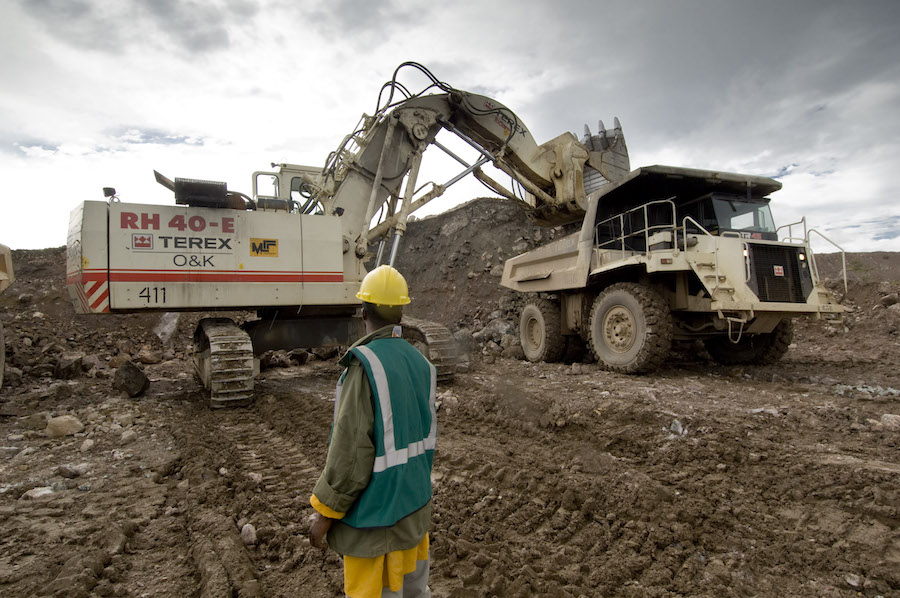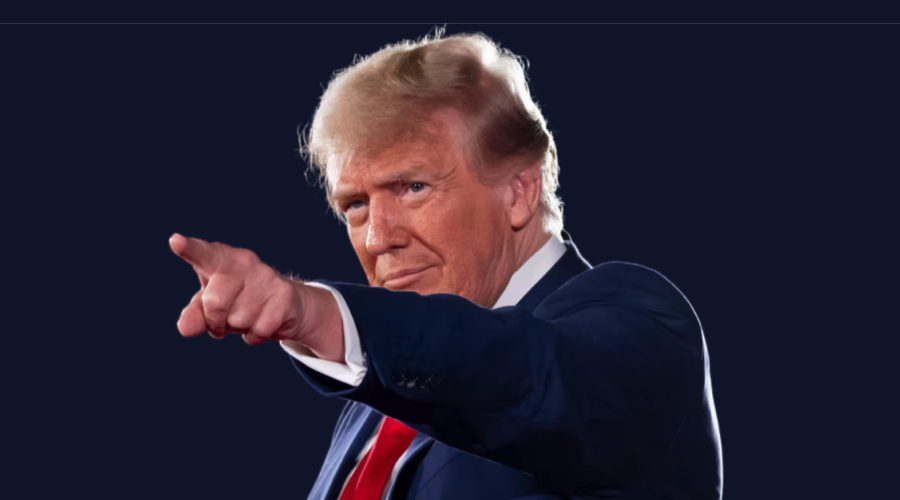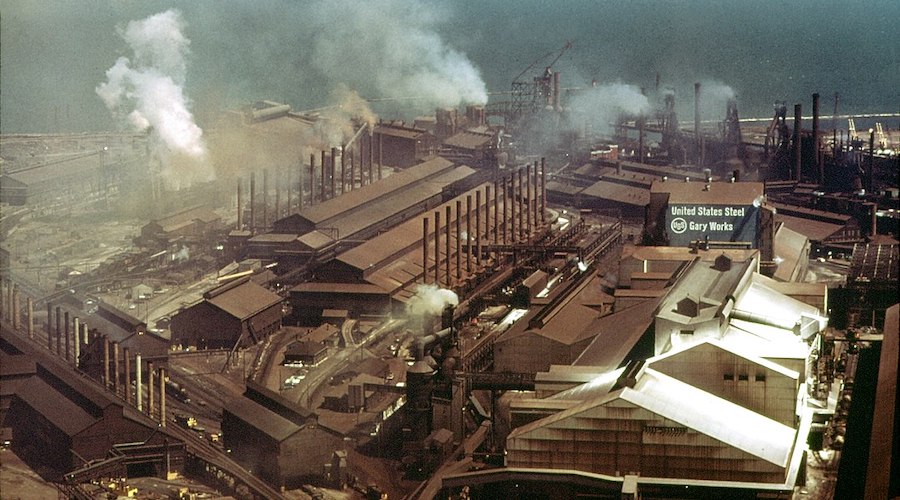Katanga is controlled by Glencore but trades in Toronto, making it one of few options for equity investors seeking exposure to the coveted battery ingredient. Its shares surged more than 1,200 percent in 2017 as the company moved to restart production in the Democratic Republic of Congo and boost cobalt output — just as ballooning projections for electric-vehicle sales turned the metal into one of the world’s hottest commodities.
Yet instead of enjoying the boom, Katanga is mired in difficulties ranging from the prospect of higher taxes to a mounting legal battle with its Congolese partner, Gecamines. The state-owned miner has started court proceedings to dissolve the local operating unit, Kamoto Copper Co. in which it holds a 25 percent stake, after Katanga failed to reduce billions of dollars of inter-company debt that has limited Gecamines’ share of profits.
Katanga tumbled as much as 30 percent in Toronto Monday morning, the biggest intraday decline since July, after the company disclosed the Gecamines move on Sunday.
Katanga also faces continued scrutiny over its relationship with sanctioned Israeli billionaire Dan Gertler and an ongoing probe by Canadian regulatory authorities, both of which remain unresolved, Katanga said in its annual report this month.
“Katanga should be one of the best assets in the world,” said Ben Davis, an analyst at Liberum Capital Ltd. in London.
“Instead, it has been a perennial disappointment for Glencore and the situation looks like it is set to continue.”
Glencore and Katanga declined to comment. Gecamines didn’t immediately respond Monday.
Katanga boasts one of Congo’s biggest reserves of copper and cobalt but it has underperformed for decades. In 2015, Glencore suspended operations to address the problems and upgrade the facilities. Production restarted in December and the mine is scheduled to hit 300,000 metric tons of copper next year, when it will account for about a fifth of Glencore’s global production.
That, plus a projected 34,000 tons a year of cobalt, make Katanga central to Glencore’s strategy. The legal and regulatory challenges are putting that strategy at risk and leave Glencore’s assets in a vulnerable position, said Elisabeth Caesens, a director at Brussels-based Resource Matters, who has followed Katanga since 2008.
“The various legacy issues could jeopardize Katanga’s rosy future,” Caesens said. “In a country that has witnessed asset seizures in the recent past, even the most radical scenarios can never be ruled out completely.”
To be sure, Simon Tuma-Waku, a former chairman of Katanga’s Congolese operating unit and vice-president of Congo’s chamber of mines, said the issues facing Katanga need to be resolved but are unlikely to slow the mine’s ramp up. Katanga is finally poised to be a “major player” in Congo’s copper sector, he said.
Here’s a breakdown of Katanga’s challenges:
Debt structure
The court action by Gecamines means Katanga needs to urgently reduce a multi-billion-dollar capital shortfall at the Kamoto subsidiary.
Glencore and Katanga have made their investments in Congo as shareholder loans or prepayments for metal. While the structure is common among international investors in the country, missed output targets and a 10 percent interest rate mean that Kamoto’s total debt reached $9.2 billion through December, corporate filings show. That’s more than four times Katanga’s market value and has led to a $4.2 billion shortfall in working capital, which Katanga needed to resolve before January, according to local law.
A first hearing is scheduled for May 8 and Katanga could get another six months to resolve the issue, the company said. Its options include forgiving a portion of the debt, which could impact Katanga’s future cash flow from the project, it said.
Gertler sanctions
Katanga is also yet to say whether it will cease all future payments to Gertler, four months after the billionaire was sanctioned by the U.S. over alleged corruption, and despite calls from anti-corruption groups to end the relationship.
Glencore bought Gertler’s Katanga stake last year but is still obliged to pay him production royalties, which he acquired from Gecamines. Katanga is using previous advance payments to Gertler and Gecamines to offset the royalty fees, which means it doesn’t owe the billionaire anything for now, according to the annual report.
The question of future payments is a delicate one, said Caesens. Gertler maintains close personal relationships with Congo’s political elite.
“If the payments stop, Gertler misses out on about $8 million a month,” she said. “He’s unlikely to let that go without a fight.”
Accounting probe
Despite restating its financial results in November, reshuffling the board and reducing the role of Glencore’s billionaire copper boss, Katanga has yet to resolve regulatory difficulties in Canada, where the Ontario Securities Commission has been investigating the company over its accounting practices since the first half of 2017.
Katanga is continuing to cooperate with the probe, which may result in the prosecution of the company or its personnel, it said in the annual report.
(Written by Tom Wilson)




Comments